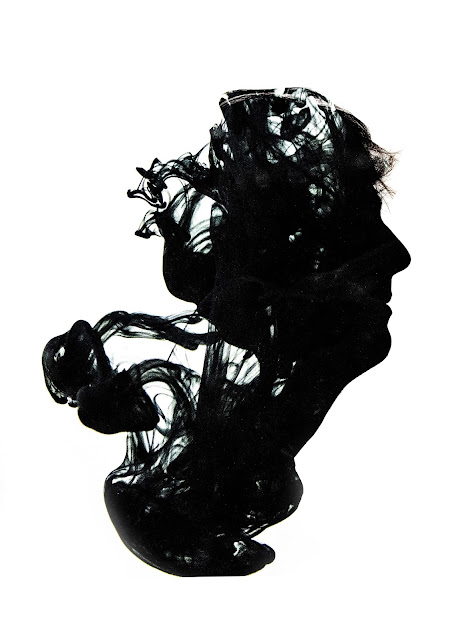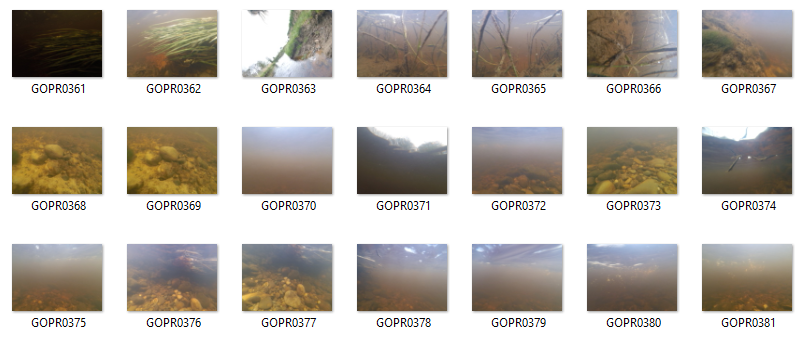Underwater photography has been popularly used by many natural and wildlife photographers wanting to get snaps of fish and other marine life, but its not just the animals under water that make a good photo. The natural scenery underwater can be a rather interesting and beautiful subject in it's self, giving us an insight into what the world looks like under our rivers and lakes.
The main way to take these photographs would be to use a camera that uses waterproof housing to keep it dry and prevent the camera from being damaged, but in recent years camera companies such as Go-pro have popped up, meaning taking images underwater have become much more easier and convenient to achieve. For my own experiment I I'll use a Go-Pro Hero Session camera in order to achieve this. The Go-Pro Hero Session, uses a wide angle lens that creates a distorted fish eye shape. This meant I was able to take more within the photo, giving it a deeper field of view.







When taking the photos I did encounter a few problems such as murkiness of the river water that clouded my vision and added a yellow hue to the images, distortion due to the waters alteration of light, and also some areas of the images foreground being slightly blurred. These are only minor setbacks that are expected when taking images underwater, although when taking these images into Photoshop I was able to alter the hue/saturation, levels, and brightness and contrast and iron out some of the imperfections.
I feel that this experiment has been a success, as the only way I can get better results would be if I were to find naturally clearer water which would be a lot more difficult. Man-made tanks/ponds/lakes could offer better results but the likelihood that these water sources would be better visual quality is low and hard to predict as algae and other sediments can still cloud the water.
Contact Sheet:




















